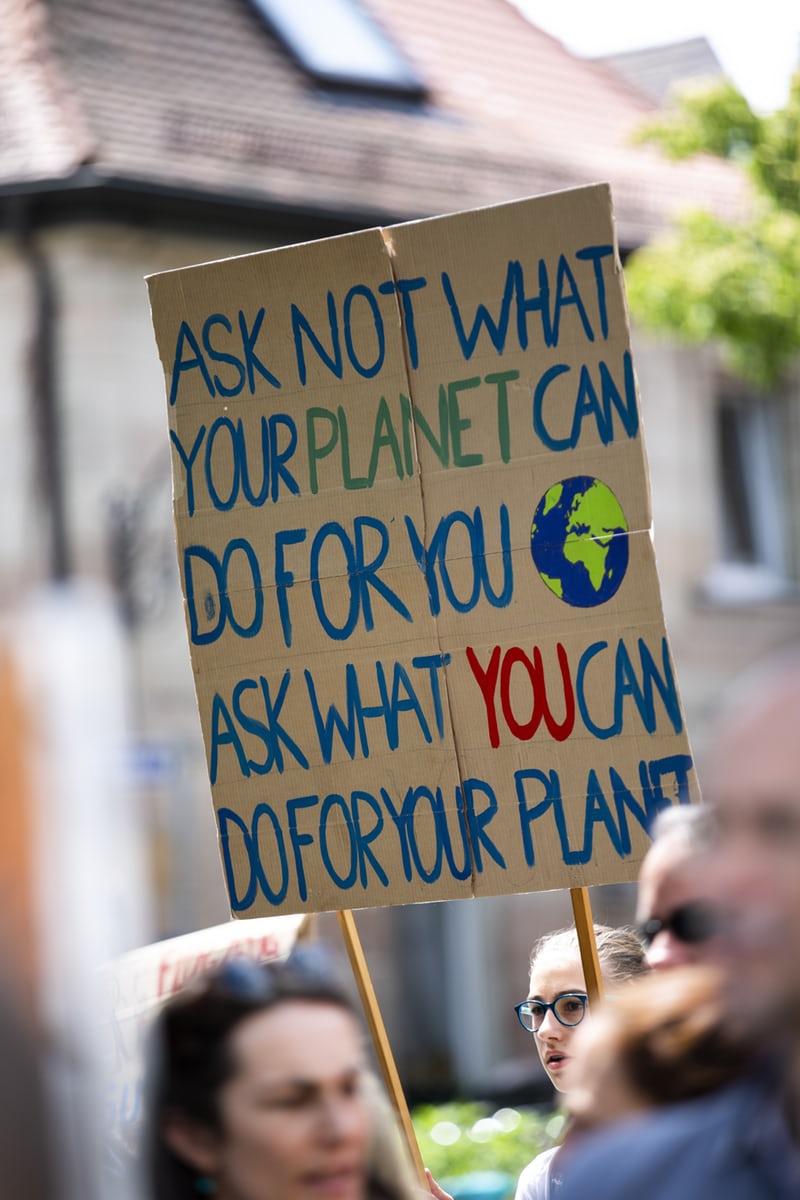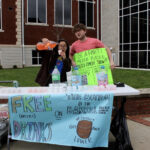The phrase “climate change” is thrown around so often that it has become almost meaningless. Here in America, the tendency is to blame the ambiguous term “climate change” for anything unpleasant about the weather. But this colloquial usage of “climate change” indicates a misunderstanding of the reality of a changing climate.
It is true that the planet’s climate shifts on a routine basis.
“These [shifts] have been caused by many natural factors, including changes in the sun, volcanoes, Earth’s orbit and CO2 levels,” said UK’s Committee on Climate Change. The planet has experienced varied time periods from ice ages to severe drought periods. This is the natural fluctuation of a healthy atmosphere working to maintain balance.
However, because the atmosphere is so attuned to these changes, it also responds to the synthetic changes manufactured through pollution. The American Chemical Society (ACS) notes that these man-made pollutants drastically alter the fragile balance of “sources and sinks” of emissions and removal methods of greenhouse gases within the natural atmosphere. Since the Industrial Revolution of the early 1800s, the “sinks” (natural methods of removal) for these gases have not been able to match the ever increasing “sources” of these damaging gases, namely carbon dioxide (CO2), methane (CH4) and nitrous oxide (N2O).
The easy solution would be to simply create more “sinks” for the greenhouse gases, but this is not a workable solution within the confines of the unpredictability of the natural world and the limitations of current technology. Thus, the mitigation of climate change must come from eliminating “sources” of greenhouse gases to restore equilibrium to the atmosphere.
At this juncture, the question is often no longer one of “Is climate change real?” Instead, the question morphs into “What can I do about climate change?” Too many people walk away, when there are tangible and even simple ways that one can implement to reduce the “sources” of greenhouse gases and thereby limit the effects of climate change.
The simplest thing anyone can do is to choose not to brush off the reality of a changing climate. While natural shifts can and have happened, the rate at which this shift is occurring is not allowing the environment to adapt to the changes. This fast rate also indicates that this particular climate shift has its origins with man-made processes, not the natural ebb and flow of the planet. Therefore, this shift will not naturally be worked out by the Earth’s processes of maintaining an ecological equilibrium. Since human actions are the reason for the shift, they must also be the reason for the return to normal conditions.
Practical methods for accomplishing this seemingly insurmountable task are actually quite reasonable. But there is more to the strategy than the outdated “Reduce, Reuse and Recycle” model. The most damaging materials are not actually recyclable. Instead, place a personal emphasis on the “Reduce” and “Reuse” steps of the mantra. As simple steps, National Geographic suggests choosing to personally boycott businesses who do not consider their carbon footprint and decreasing the amount of 3, 4 and 5 plastics utilized. Speaking to state legislators (or their offices) about the current bills regarding climate change and carefully choosing whom to vote for is another easy yet important way to stay involved as part of the solution to an ever-growing problem.
Climate change is absolutely a real phenomenon, caused by human activity and industrialization. As the globe continues to develop, this issue will inevitably worsen if a course of action cannot be determined to alleviate its effects. This action will not occur unless a partnership between leading industries, policy leaders and everyday citizens can commit to reduce their impact on this planet that is our home.








